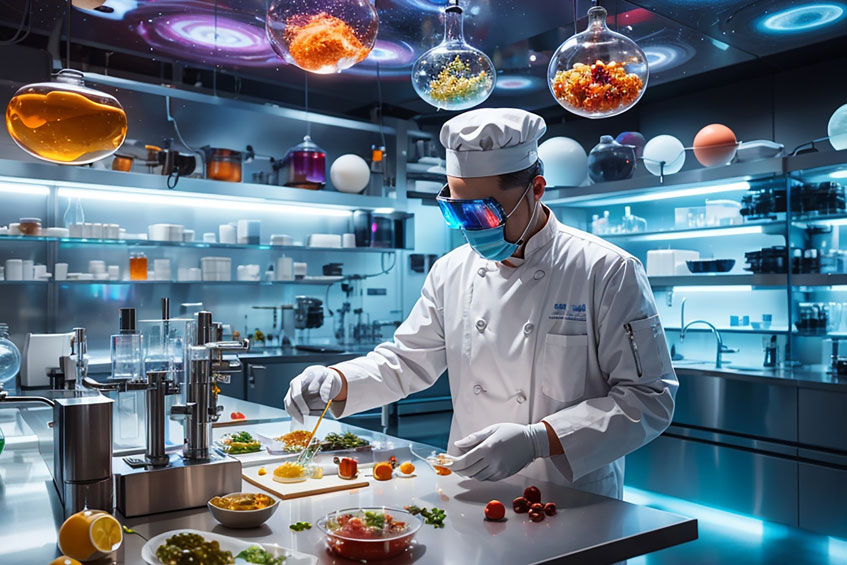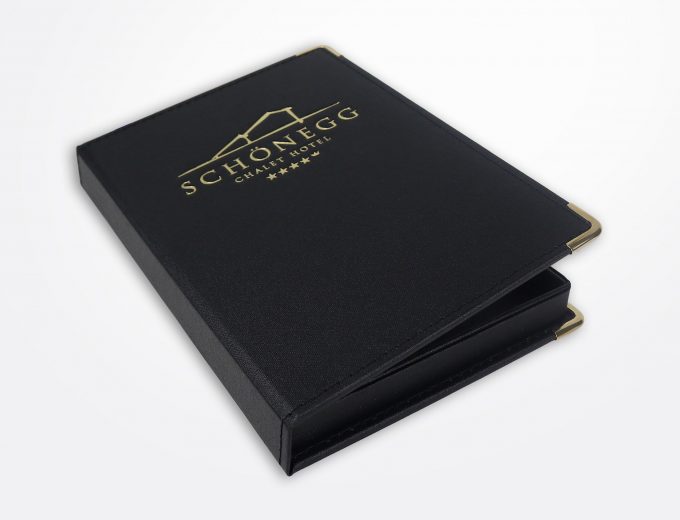Culinary glimpses of the future: the gastronomy elite share insights into upcoming trends

Trend 1 Farewell to exclusivity on the plate
The food service industry is embracing the trend towards the holistic use of food. Increasingly, it is not only exclusive products that can be found on guests’ plates, partly motivated by financial considerations. Instead of entrecôte, beef bow leaf – masterfully prepared, of course – often appears on the menu.
The same applies to offal. This development is seen as positive, as it emphasizes the chefs’ craftsmanship in getting the best out of every product. What could be better than sour liver with rösti or a traditional Wiener schnitzel accompanied by endive salad and brägele?
Trend 2 The importance of the experience
Entertainment and unexpected moments play an increasingly important role in a successful restaurant visit. It is often clear to guests in advance what they can expect, which usually follows a recurring sequence: Amuse-bouche, starter, main course, dessert and wine accompaniment – a predictability that hardly arouses enthusiasm. Perhaps the designs of the drinks menus and menus are new, but the content is not.
This conviction led to the creation of the restaurant innovation Eatrenalin , a sensory journey that combines multimedia content and culinary excellence to tell a different story in each room. The plan is to expand this idea internationally from Germany in 2024.

A look into the future of gastronomy is pretty exciting.
Trend 3 Reinterpretation of luxury
A new trend is emerging worldwide, known as “quiet luxury” . This stands for a deliberate contrast to ostentatious displays of wealth and superfluous etiquette and is characterized by understatement and minimalism.
The Munich restaurant “Jan” has followed this philosophy since it opened in October 2022, and even the award of three Michelin stars has not changed this. In “Jan” there is no dress code and no tablecloths for environmental reasons.
Quiet luxury also manifests itself in the choice of products: It doesn’t always have to be caviar and turbot. The real art lies in refining simple dishes such as sardines or pork belly in such a way that they can be awarded three stars. This approach serves to lower the inhibition threshold for visiting a three-star restaurant.
Trend 4 Persistent shortage of skilled workers
The shortage of qualified staff remains a key challenge in the catering industry. In the kitchen, the situation regarding staff shortages is slowly beginning to improve – at least this can be seen from the increasing number of applications.
However, the problem remains, particularly in the restaurant service sector. To make the profession of service personnel more attractive, the aim is to make it more varied and lively.
This approach is already being tested at the “Dichter” in Rottach-Egern, where the service staff also take on some of the sommeliers’ and bartenders’ tasks. This development is advantageous, as the increasing demand for non-alcoholic beverage accompaniments also increases the demands on our sommeliers and the bar team.
Trend 5 Opportunities through market consolidation
The financial challenges of recent years have led to consumption decisions being made more carefully, particularly in terms of how often and on what money is spent.
Trend 6 Storytelling
Menus and wine lists should not only list dishes and fine wines, but also tell stories. Nobody may remember the exact ingredients of a ten-course meal after a few months, but impressive stories stick with you. It becomes even more impressive when the philosophy of the restaurant is reflected in these stories.
A visit to “Aura” in Wirsberg, for example, should be seen as a holistic experience that includes an insight into the kitchen, an introduction to the team, a detailed explanation of the concept and a visit to the Future Lab. Regional food worth almost 340,000 euros is first preserved and stored there using traditional methods so that it can be used in the menu all year round.
Only by understanding the philosophy and approach can the culinary art be appreciated in its entirety.
Conclusion
The trends of the future show that gastronomy is developing towards sustainability, creativity and experience orientation. Instead of traditional luxury, the focus is now on “quiet luxury” with a focus on understatement and the optimal use of all resources.
Innovations such as Eatrenalin enrich the dining experience with unforgettable moments that go beyond the food. Despite the shortage of skilled workers, new opportunities are opening up thanks to more varied areas of work and a focus on quality. The market shakeout could strengthen the industry in the long term by contributing to healthier competition and sustainable management. Stories about the philosophy and commitment of the restaurants are becoming increasingly important to communicate the values and the experience.
Contact us
Are you interested in our cards? Contact us, we will advise you without obligation and will be happy to help you choose your cards. We are looking forward to it!
 Menus
Menus  Wine lists
Wine lists  Boards
Boards  Hotel folders
Hotel folders  Invoice folders
Invoice folders 